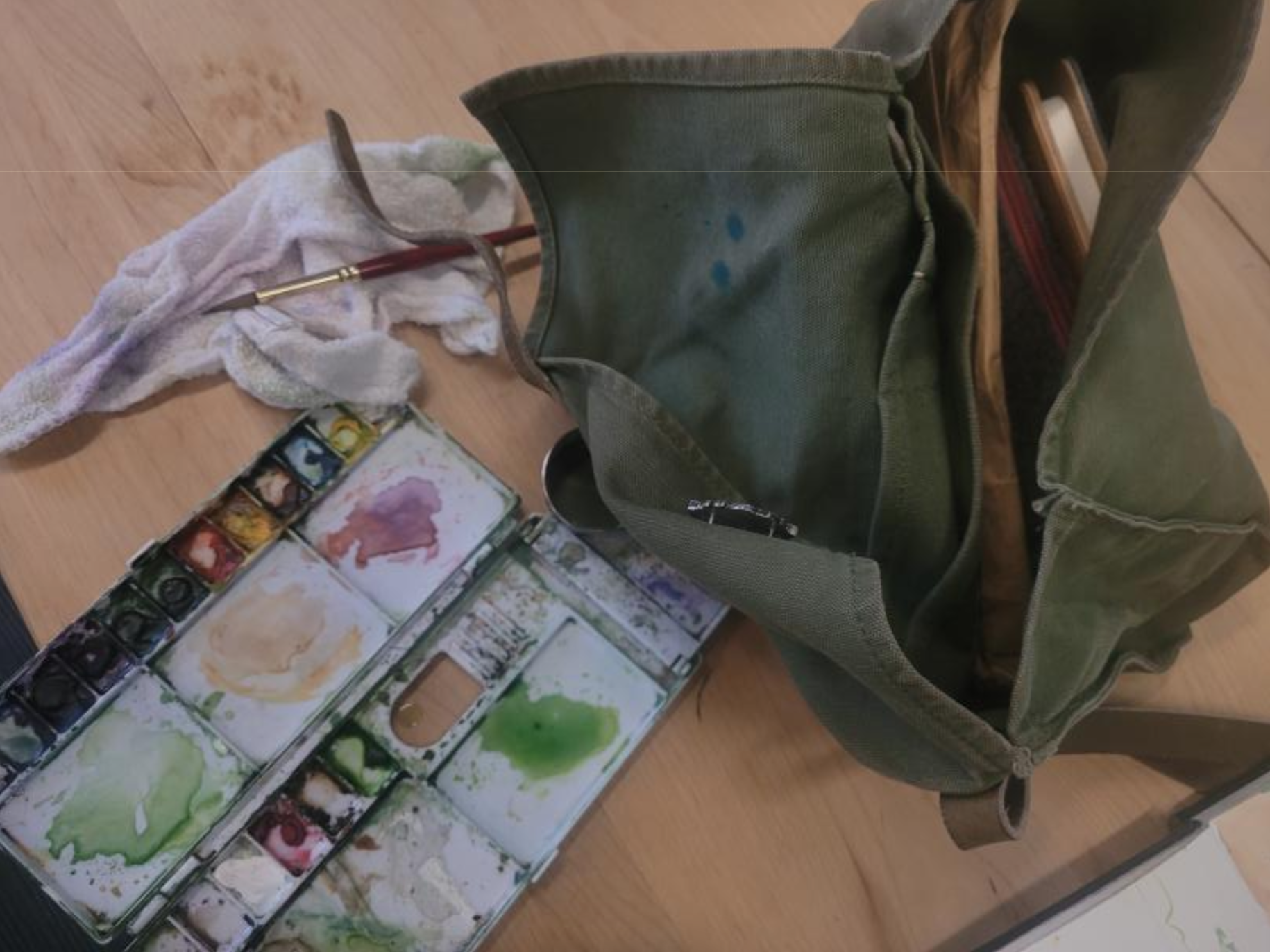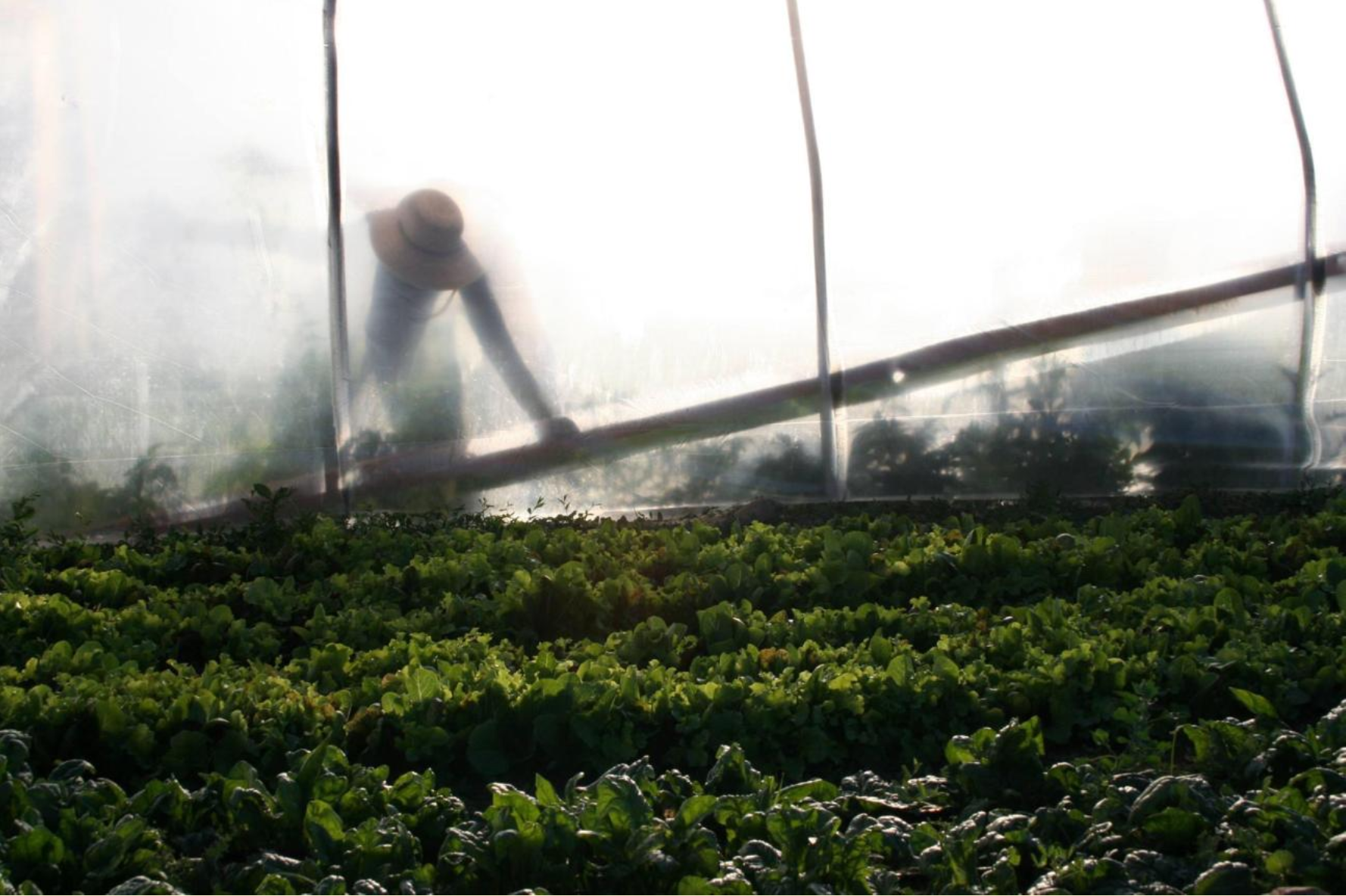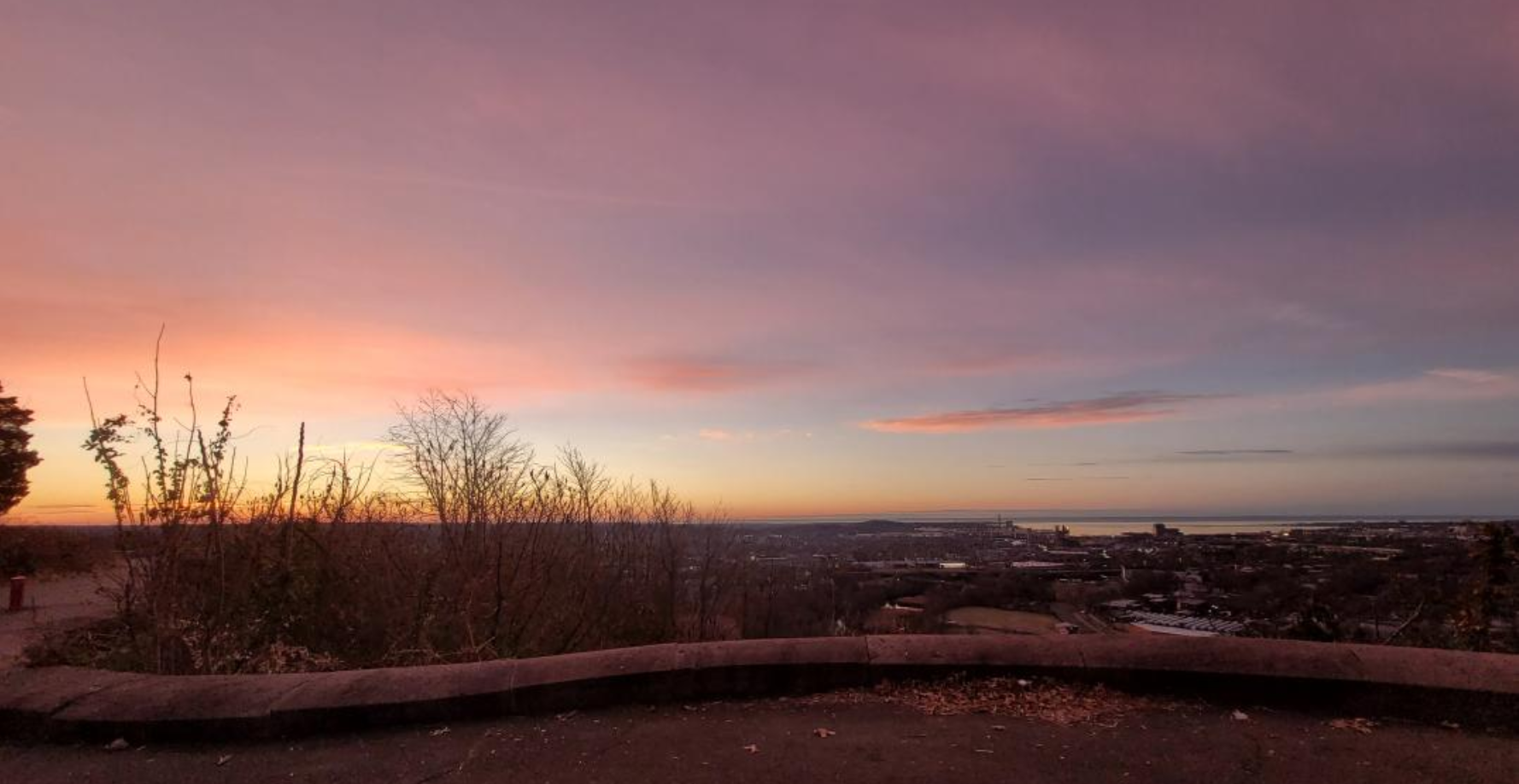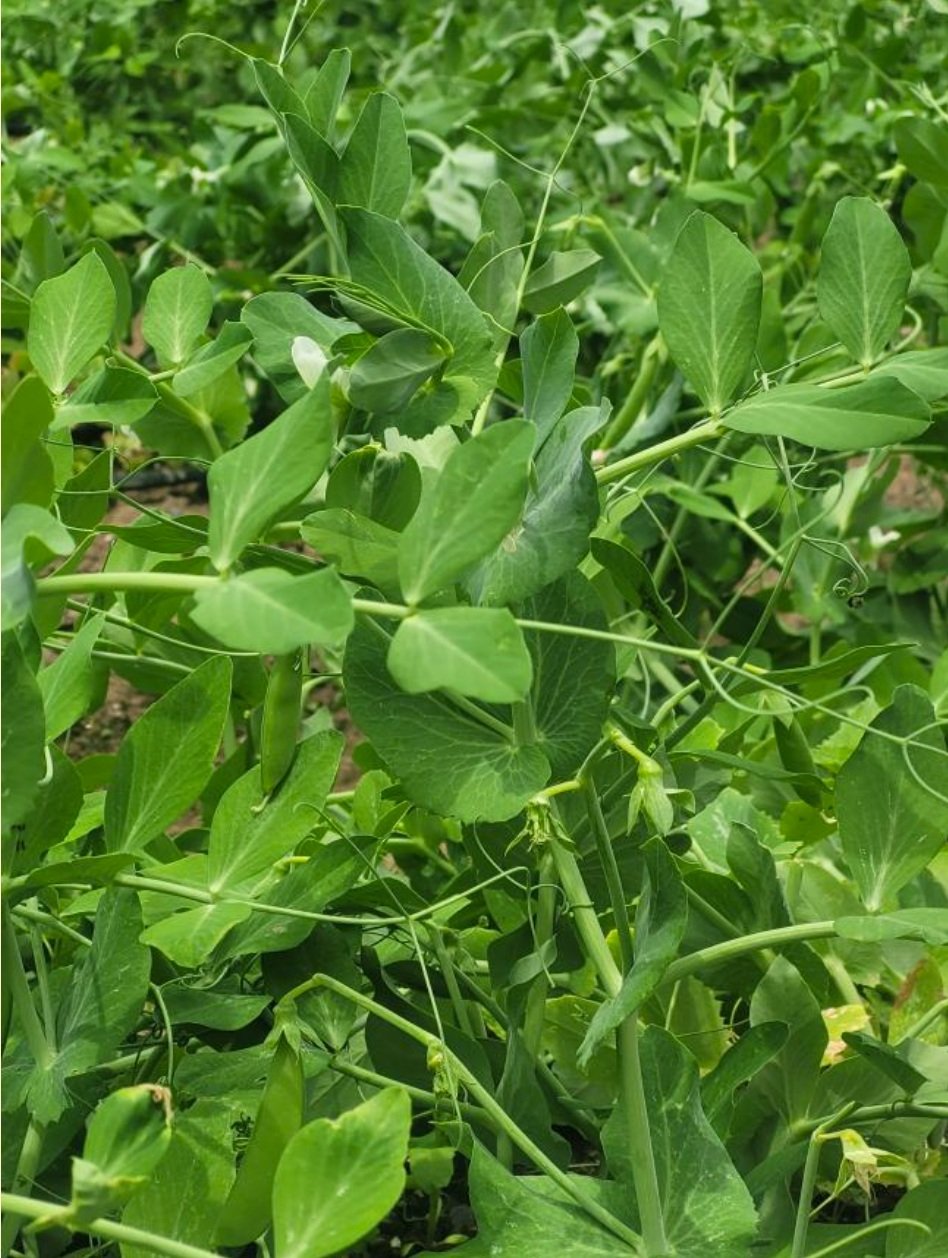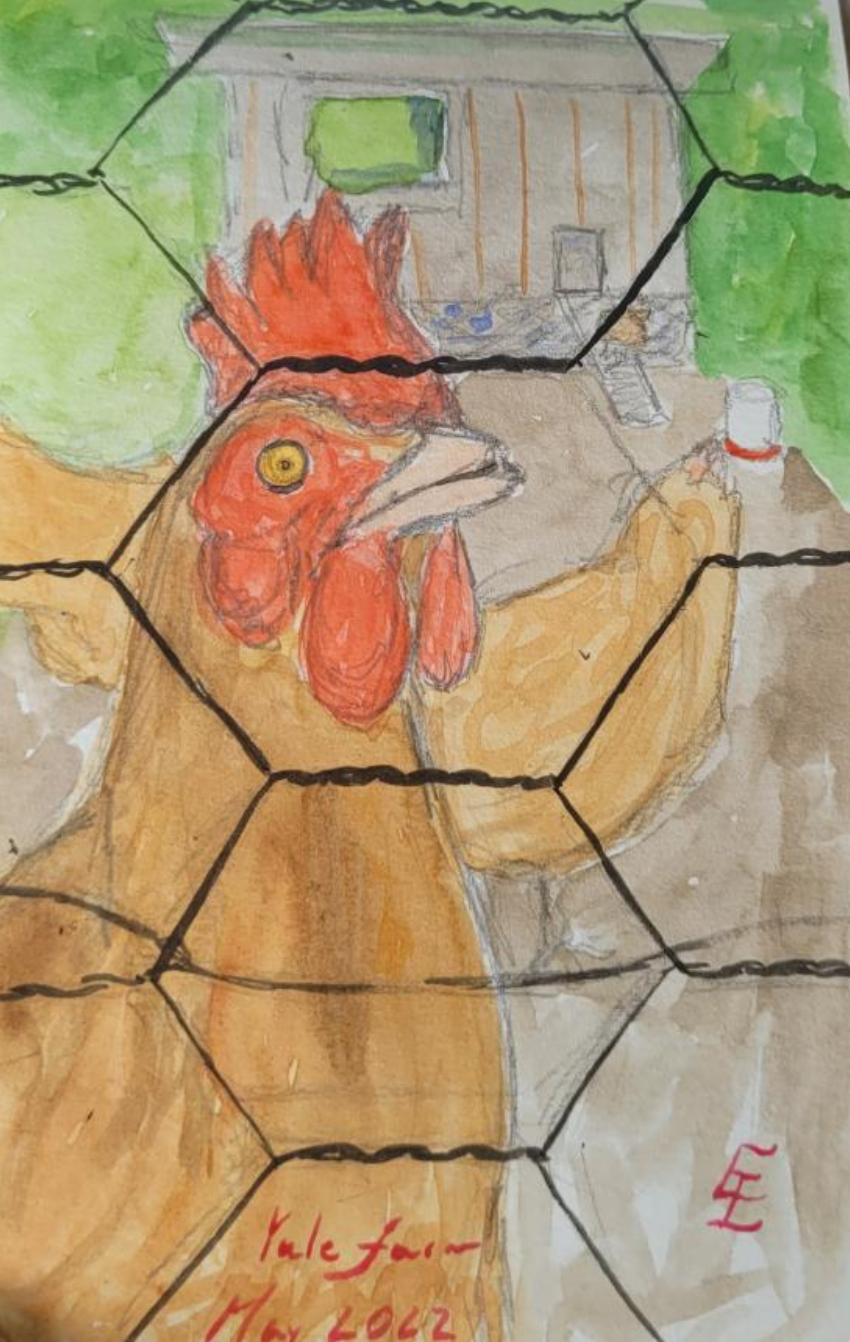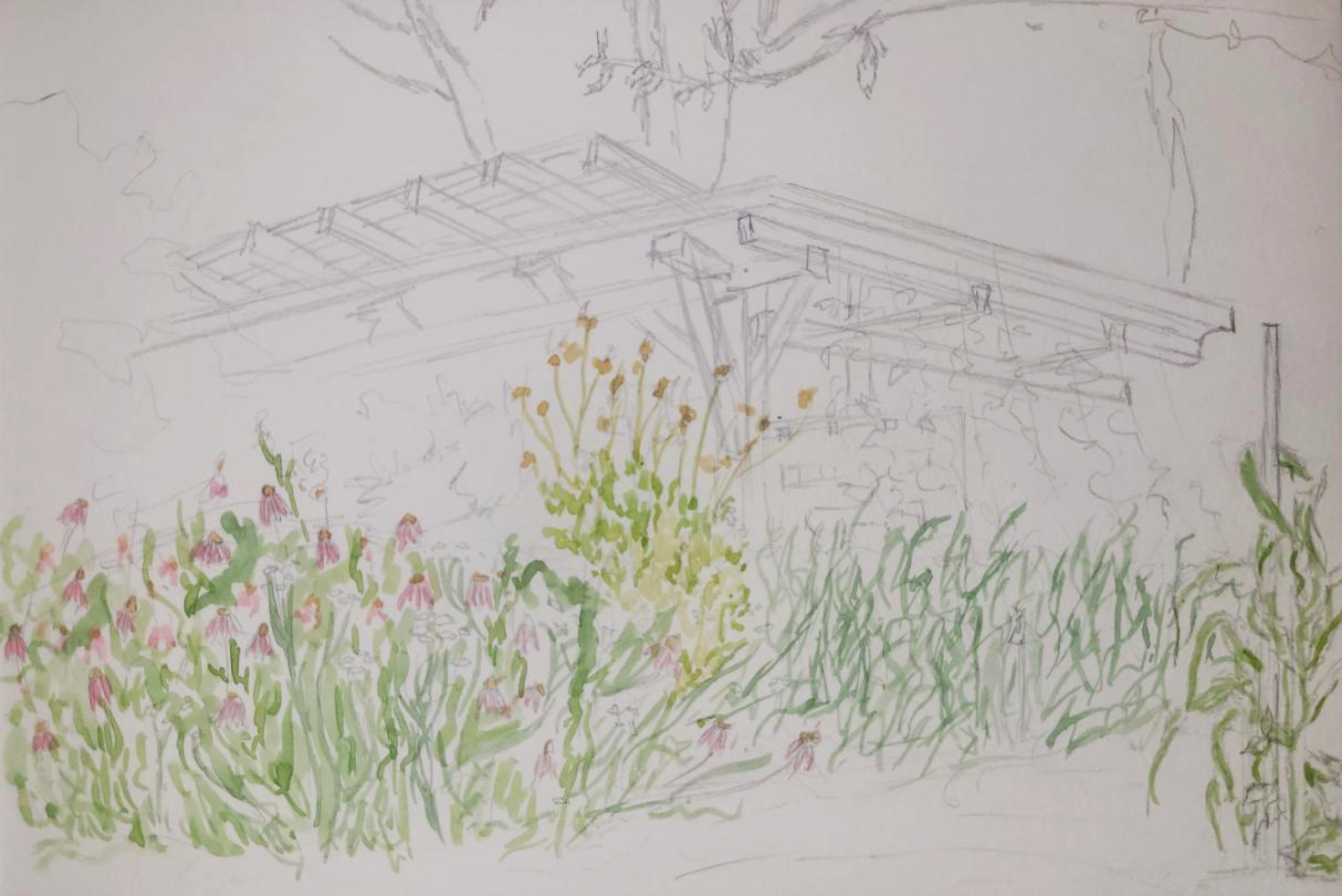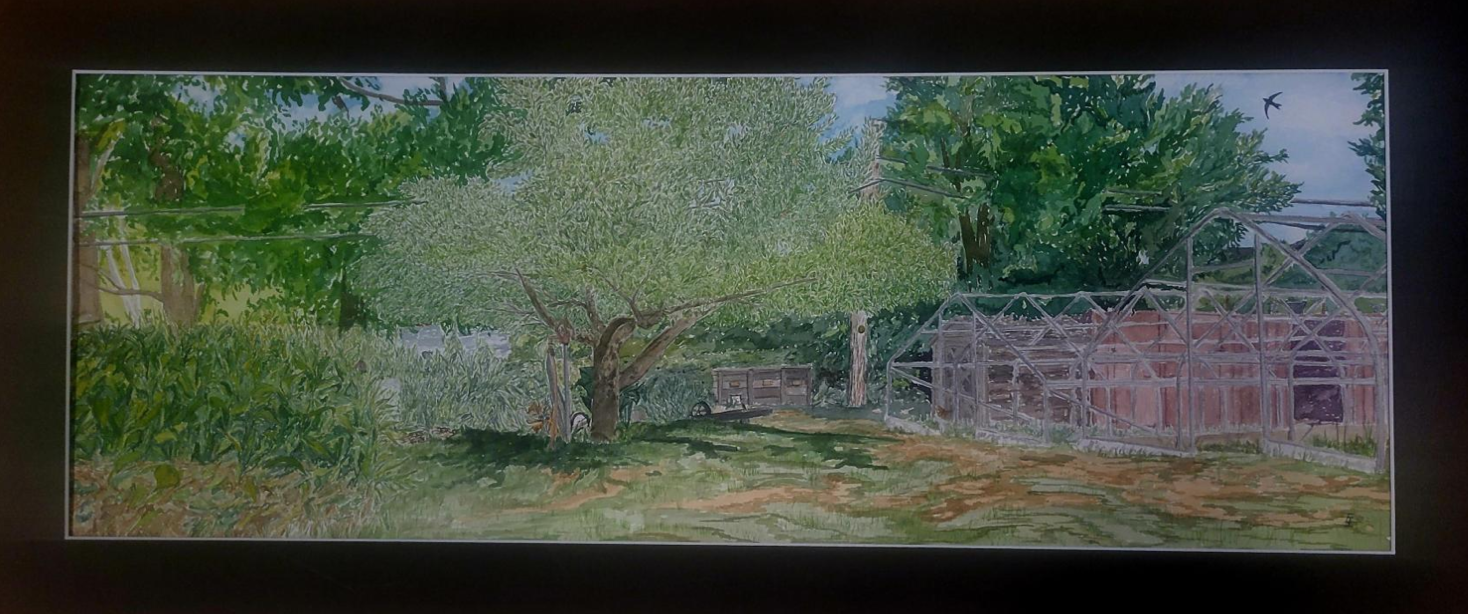I wrote this web of questions down at the beginning of the summer not as a laundry list of answers I hoped to walk out of this project with, but as the lens through which I wanted to approach all our conversations about agriculture. Beauty. Other words I considered: wonder, wholesome, magic, healthy, right, aesthetics, good—but I kept returning to beauty. Sometimes it seems silly, in a world with this many problems, to think about what is beautiful. And yet, I’m becoming more and more convinced that it’s not silly at all. Beauty is a serious matter. Beauty provokes serious questions.
“Why?” is a serious question. There are two ways to ask it—first, as a matter of causality. The food system is a dense, intricate web of causality. When you start to examine the roots of beauty in it, you find both astonishing and terrible sources. Genocide, opression, ongoing dispossesion of personhood. Yet also resistance, tradition, culture, family, human connection. Food as the ugly blade of injustice. Food as the shield of human care, a tapestry of community. If I’m doing nothing else with this project, I’m trying to convince you it’s worth thinking about what is beautiful. Beauty is revealing, both in its presence and its absence. It’s worth trying to see the world as a painter, thinking in color. Thinking in beauty.
The second way to ask the question “Why?” is a question of purpose and meaning. Of all the questions we ask, this is the one with the answer that doesn’t exist. “Why?” isn’t out there as “who?” or “what?” or “when?” or “where?” or “why?” as a question of “how?” are; we made “why?” up. It’s only in our heads. And I suppose that’s not to say that it doesn’t exist at all—our heads are part of this strange universe too—but it remains up to us. I found I could not write my answer in words, so I turned to watercolor.
2: Control
Farming and food are defined by control. The history of food, which we continue to write, is an account of how various human societies try to control and organize themselves. It contains examples of extreme cruelty. It contains examples of staggering kindness. What do the aesthetics of different farms say about their practices? Take for example the enormous monoculture crop of corn, bred to choke out all other life with the help of synthetic pesticides, or the tomato bred for uniformity and mechanical sorting. And consider alongside them a permaculture homestead where, despite endeavoring to follow nature’s example, every foot of land has been shaped by human hands.
Consider also, the loss of control in farming. With the ongoing drought ravaging the West, many of the farmers I knew growing up in Colorado are facing an increasingly bleak future. Native farmers of the Diné, Ute, and other tribes that have farmed in the Southwest for generations no longer can. Farmers everywhere are looking at a future of less and less control.
Water soluble pigments also have a long human history of control. There are varied traditions of mediums that can be called watercolor, ranging from the 19th century British watercolorists, to the much older brush paintings of East Asia, to prehistoric cave paintings. Watercolor, generally requiring less resources than oil, helped increase access to art in Europe as it gained respect. But watercolor was also used as a tool of British imperialism, with traveling painters in India bringing landscapes back to wealthy British oligarchs to help justify colonization.
I try to find a middle ground when painting and farming—between wanting to control every inch of a project, and letting it take what form it will. We cannot hold the entirety of things in our small, mortal hands; we have to learn to let things be as they will. Working in watercolor is already giving up a lot of control. Even with the strongest lightfast paint, watercolors will fade eventually. But natural water soluble pigments fade even faster. In some ways, I think I achieved that middle ground with my work this summer, and in others, I didn’t. The amount of control I end up having over my painting is, often, out of my control.



